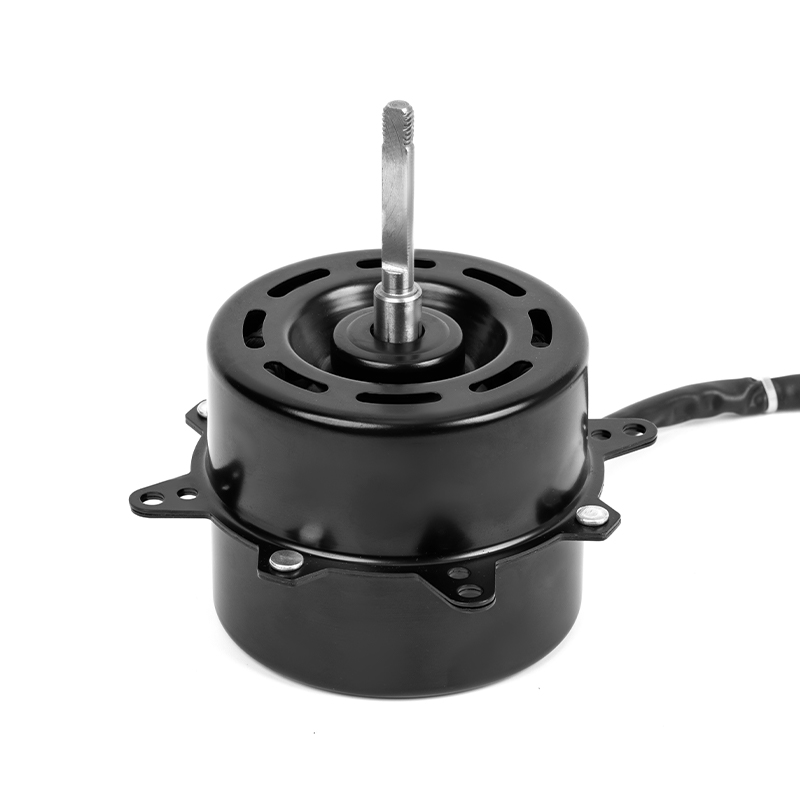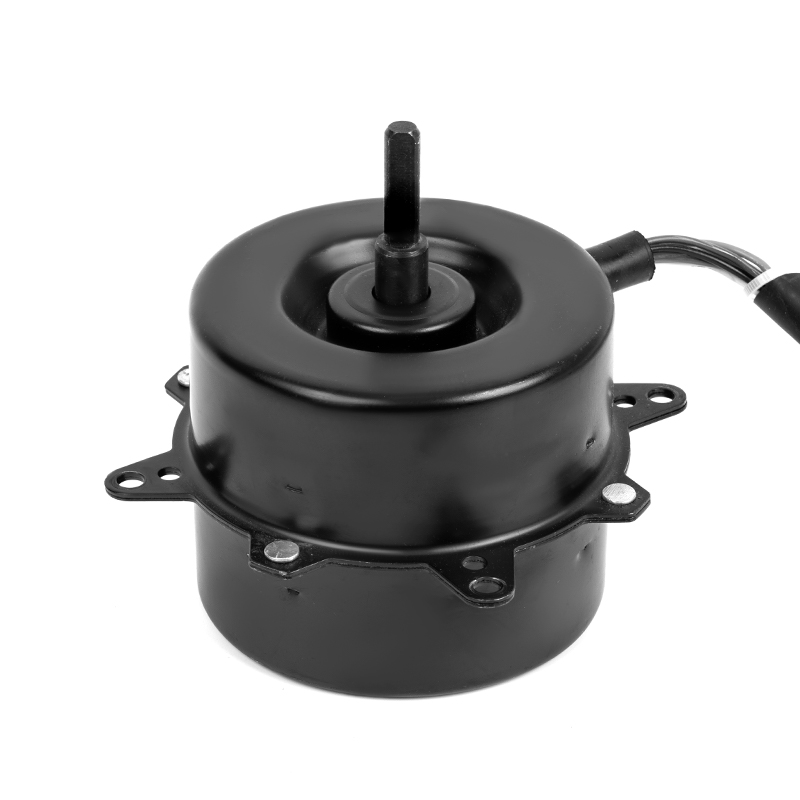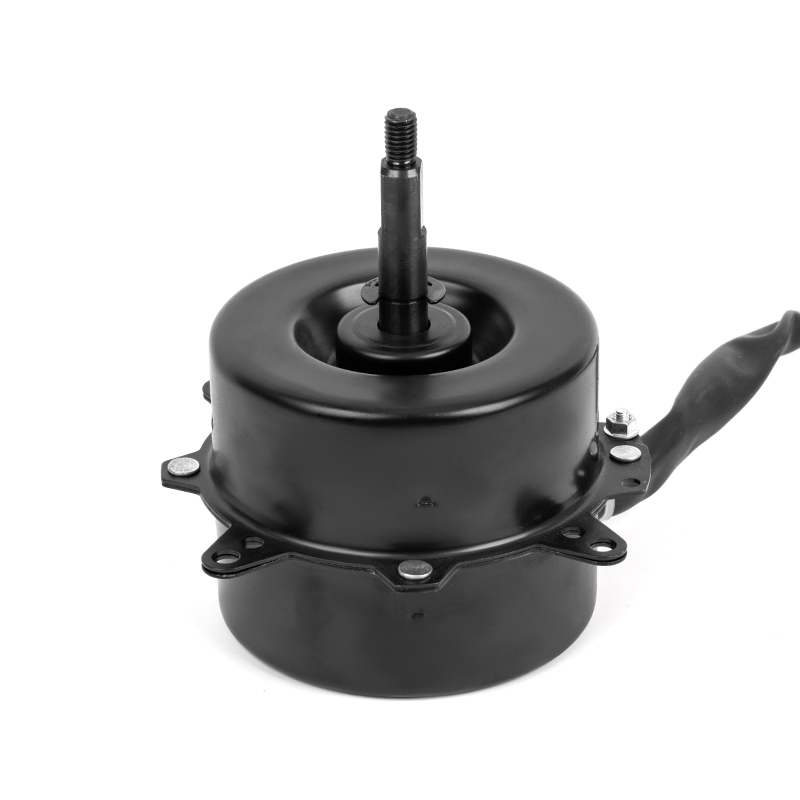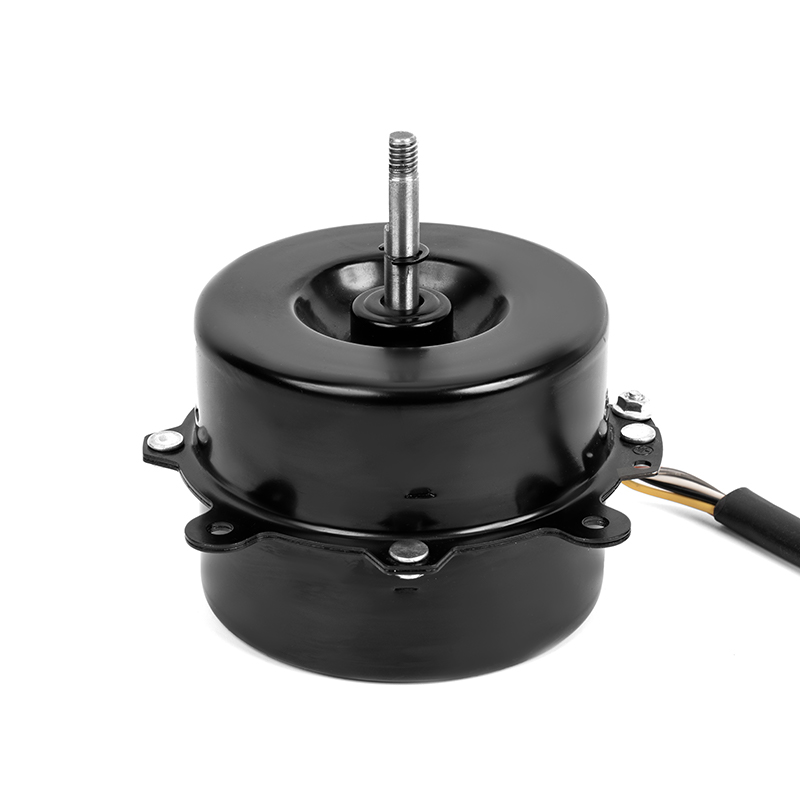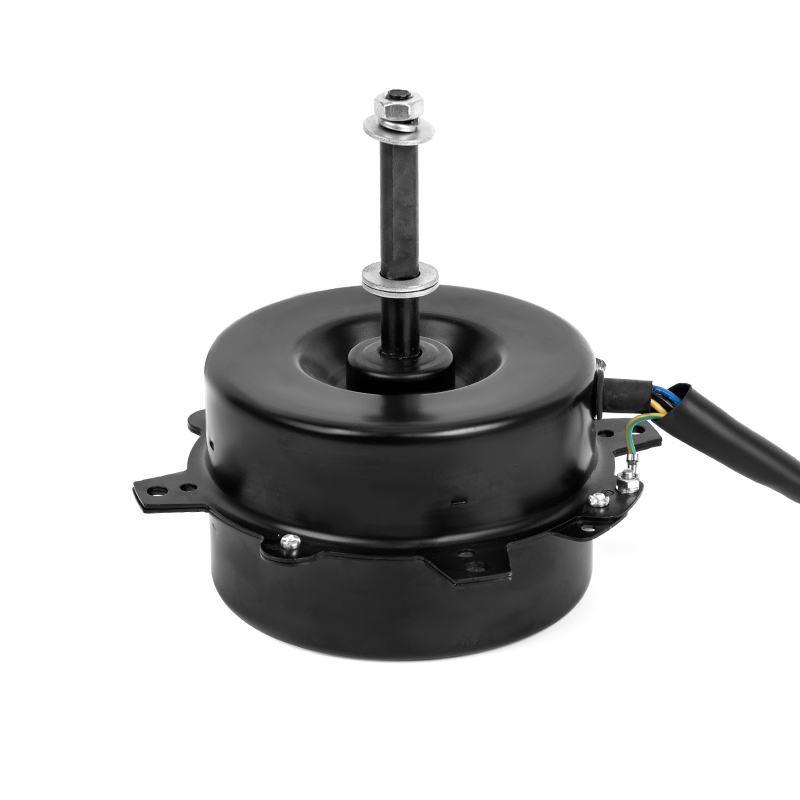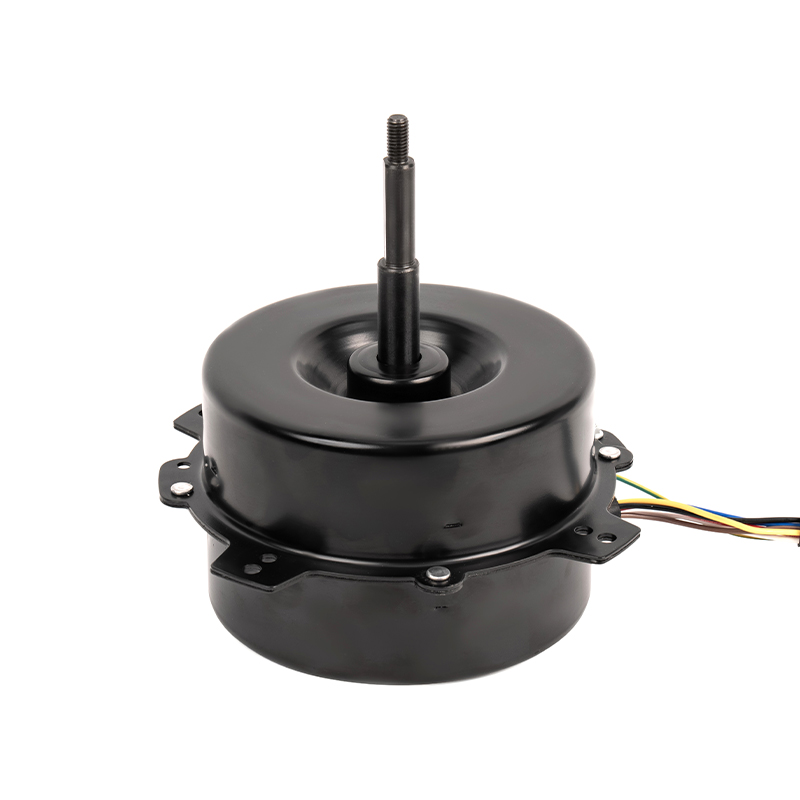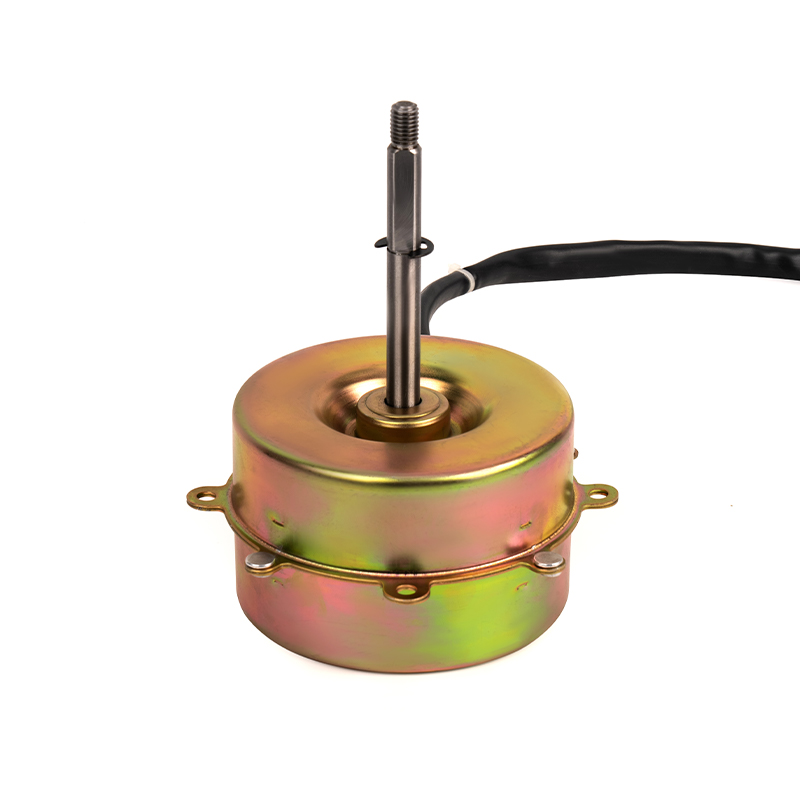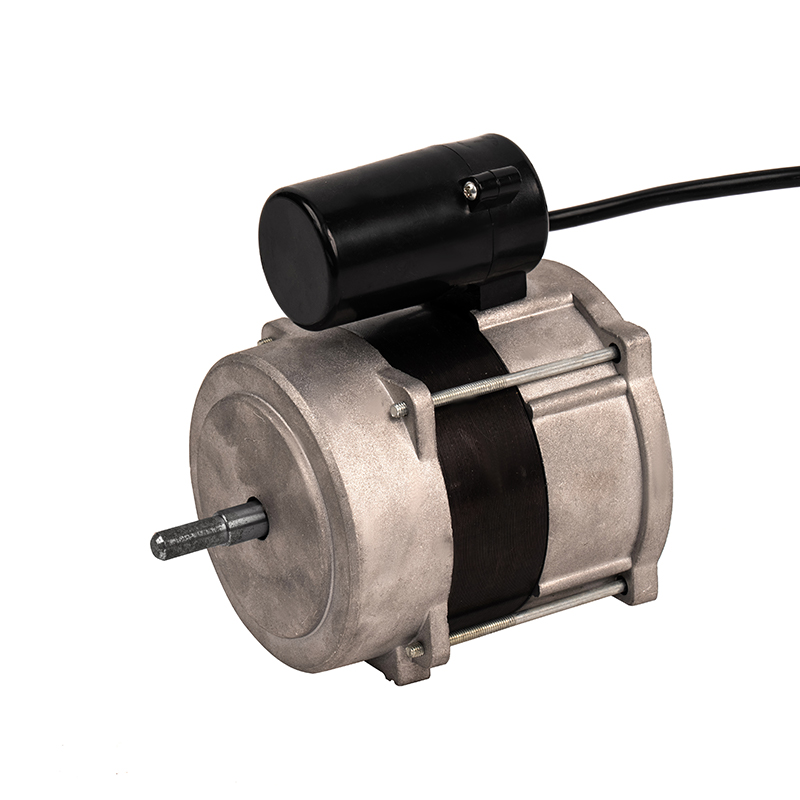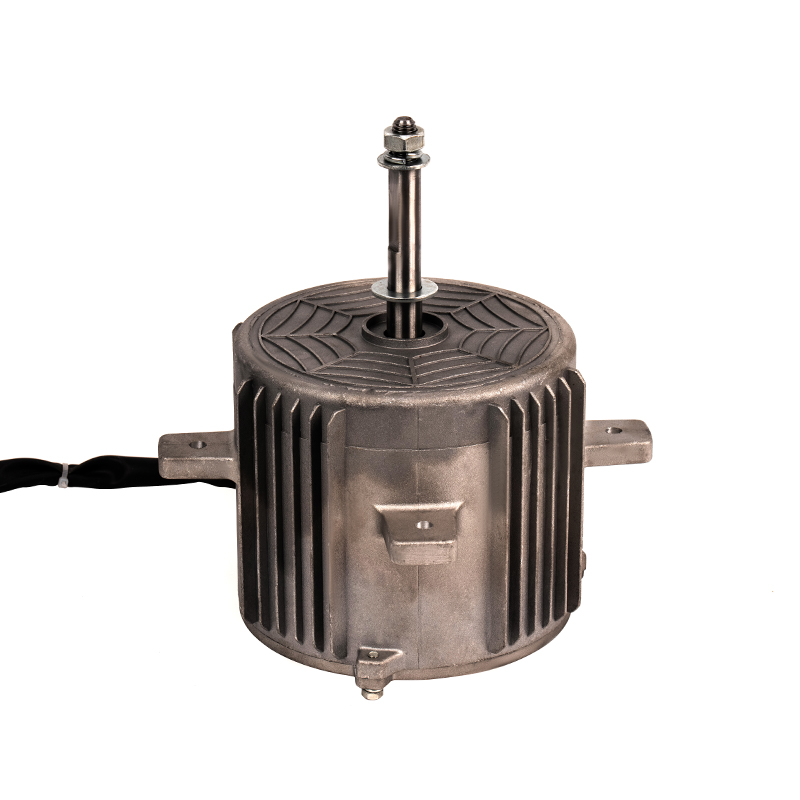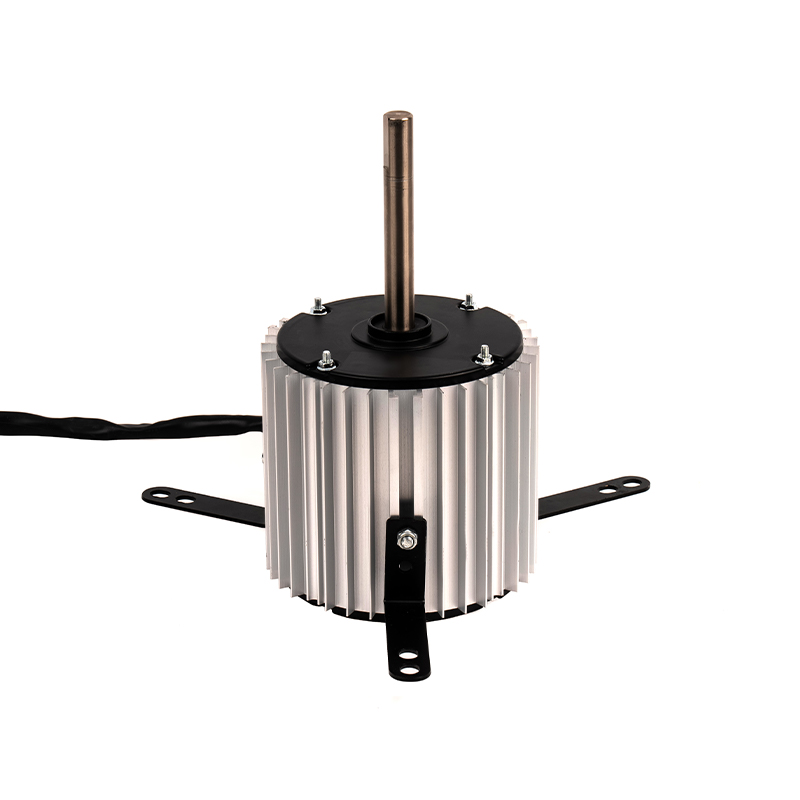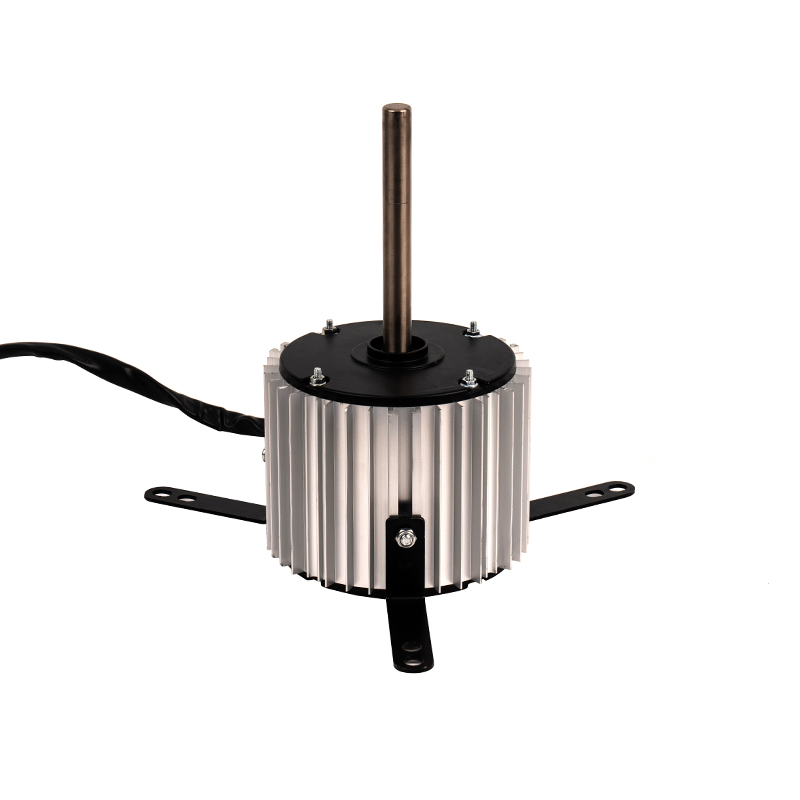In high ambient temperatures, the Small Cold Air AC Motor is designed to withstand heat, but its performance can be affected if it operates beyond its specified temperature range. Motors of this type typically feature thermal protection mechanisms, such as built-in temperature sensors or thermal overload relays, to prevent overheating. When exposed to elevated temperatures, these motors may experience a decrease in efficiency as the internal components—such as windings, insulation, and bearings—are subjected to thermal stress. Continuous operation in hot conditions may also accelerate the degradation of insulation materials, leading to a shorter motor lifespan. To optimize performance, proper ventilation is essential, and in cases where temperatures consistently exceed standard limits, additional cooling methods like forced-air cooling or heat exchangers may be required to prevent thermal damage.
Low ambient temperatures pose a different set of challenges for the Small Cold Air AC Motor. While many motors are designed to function in colder climates, low temperatures can cause the viscosity of lubricants to increase, which can result in higher friction and reduced efficiency during startup. In extremely cold conditions, motor components may also contract, which could cause mechanical stresses and impair performance. In cases where the motor operates in sub-zero environments, additional precautions must be taken to prevent the formation of condensation, which can lead to corrosion or short-circuiting of electrical components.
The design and materials used in the construction of the Small Cold Air AC Motor play a significant role in how well it can perform under temperature extremes. Motors that are rated for wider temperature ranges typically use high-quality insulation and heat-resistant materials to ensure that the internal components can tolerate both high and low temperatures without experiencing significant degradation. The windings may feature specialized coatings or materials designed to maintain electrical integrity even when exposed to thermal fluctuations. Bearings within the motor are also designed for higher durability, often constructed from materials that resist thermal expansion and contraction, which helps maintain smooth operation under extreme conditions. Thermal overload protection is a key design feature that prevents the motor from overheating by automatically cutting power when internal temperatures exceed safe limits. Some models may even include features like automatic shutdown or self-cooling mechanisms to protect the motor when exposed to sustained high temperatures. For cold temperatures, these motors are typically designed with insulation and protection against condensation and freezing, ensuring reliable operation even in harsh environments.
The efficiency of the Small Cold Air AC Motor can be influenced by temperature extremes, whether high or low. In hot conditions, the motor may experience reduced efficiency due to increased resistance in the electrical windings and mechanical components. This is because elevated temperatures cause the electrical resistance of conductors to rise, which in turn leads to greater energy consumption for the same amount of work. The wear and tear on the motor's internal components may increase, further reducing efficiency over time. Conversely, in cold conditions, while the motor might consume less energy initially because of lower ambient temperatures, the increased friction from thicker lubricants can make the motor work harder to maintain its performance. Low temperatures may lead to a reduction in the motor's starting torque, causing it to struggle during the startup phase. To optimize efficiency in both conditions, the motor should be operated within its recommended temperature range, and maintenance practices like regular lubrication and inspections should be followed to ensure that the motor remains in peak operating condition.



 English
English عربى
عربى ++86 13524608688
++86 13524608688